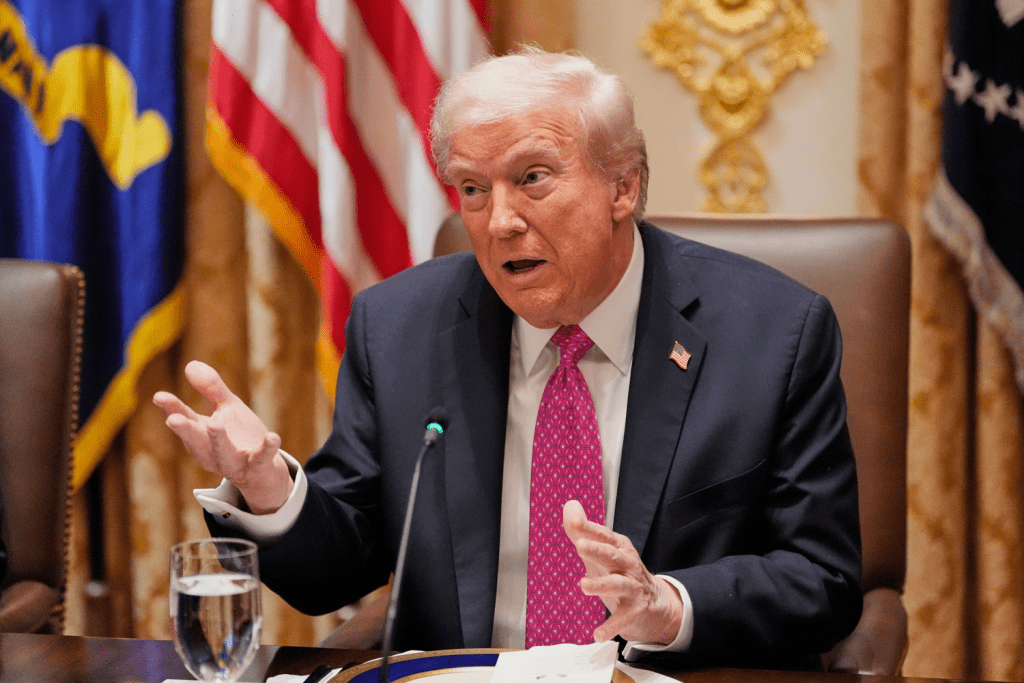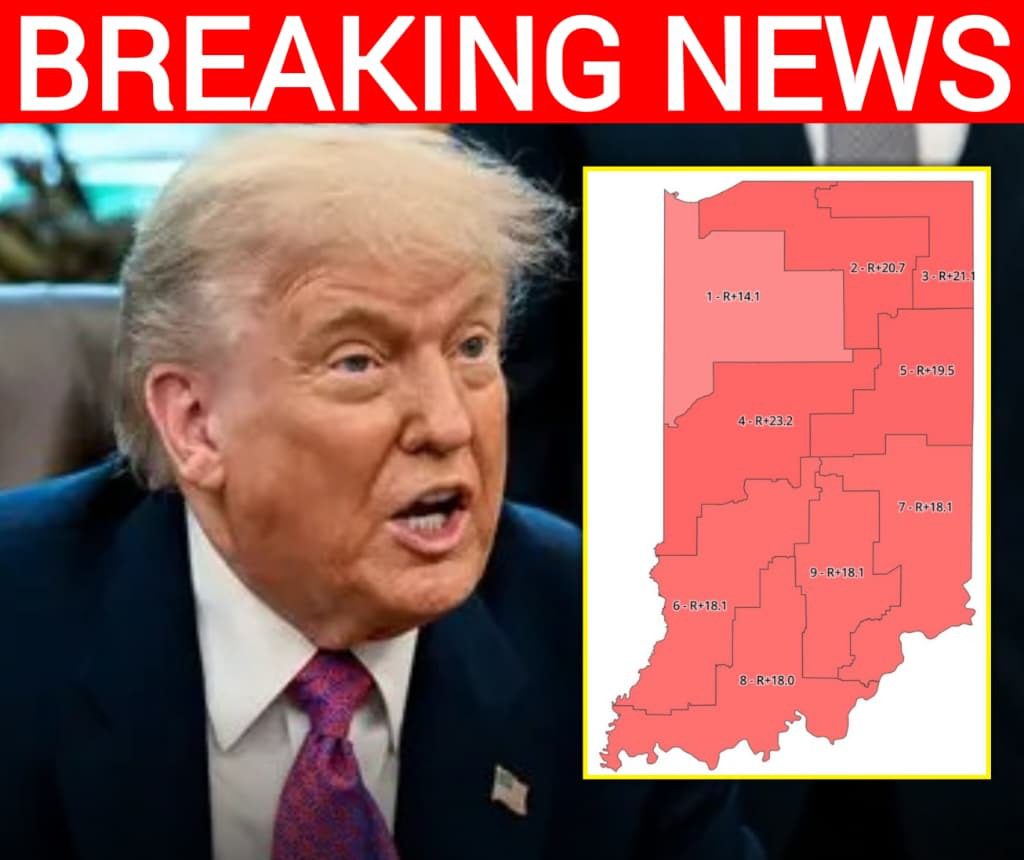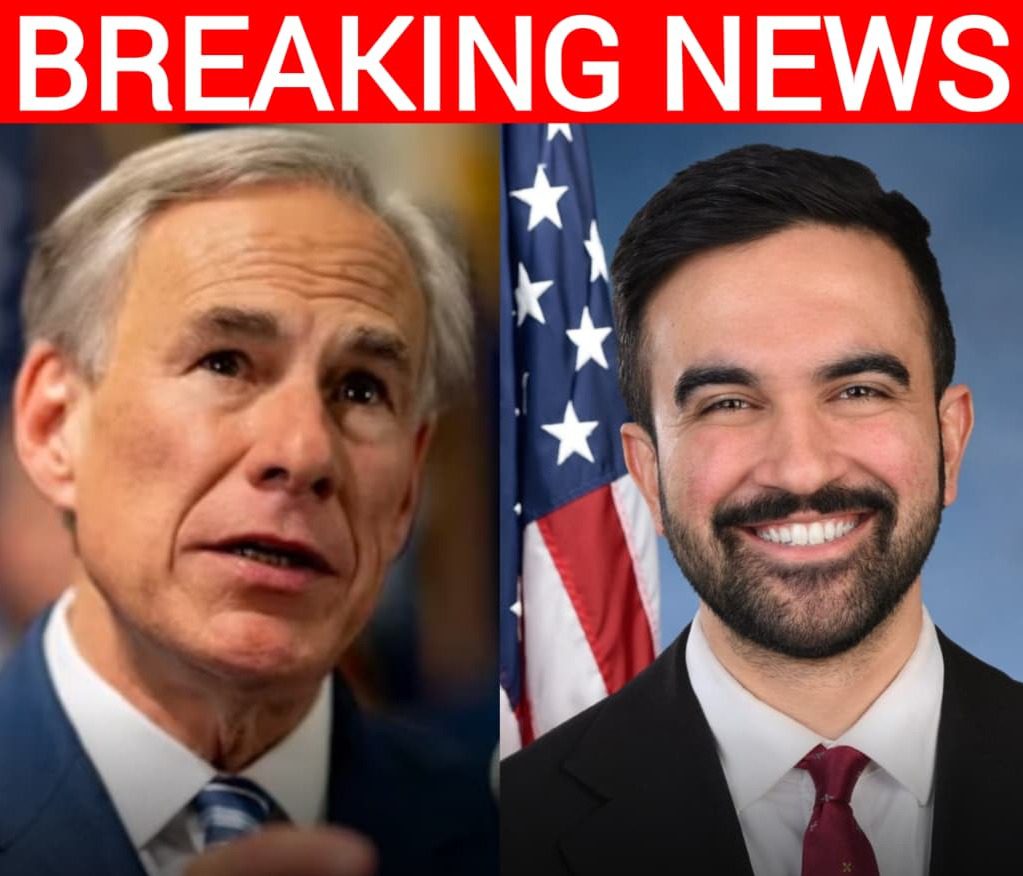Indiana Pushes Bold Congressional Map That Could Flip Two Democratic Seats and Deliver Trump a 9–0 Republican Victory Heading Into the 2026 Midterms
The state of Indiana is at the center of a growing national political storm — and this time, the fight isn’t about polling numbers or campaign promises, but district lines. A proposed new congressional map, circulated widely online and supported by leading Trump allies, could give Republicans a 9–0 sweep in the state’s U.S. House delegation for the 2026 midterms. The map, designed by political cartographer Erickson_68, shows deep red margins across nearly every district, with partisan leans ranging from R+14 to R+23 — enough to all but erase Democratic influence in Indiana’s federal representation.

The plan would effectively flip the state’s two remaining Democratic strongholds: the 1st District, held by Congressman Frank Mrvan, and the 7th District, represented by Andre Carson. Both districts, historically blue, would be redrawn to include heavy Republican majorities under the new layout. The shift — estimated at a net gain of two seats for the GOP and a loss of two for Democrats — has become a rallying point for conservatives who see Indiana as a crucial piece in President Trump’s broader push to retake control of Congress.
Supporters of the proposal say the time is now. In social media calls to action that have spread rapidly across Republican channels, activists are urging Indiana state senators to take up redistricting immediately, framing it as a loyalty test to Trump and a direct counter to what they describe as aggressive Democratic gerrymandering in states like California under Governor Gavin Newsom. “There is no excuse it can’t be done,” one post reads. “Redistricting is a must — or we’ll lose ground to Gavin Newsom.” The message is clear: Indiana, one of the reddest states in the country, cannot afford to sit on the sidelines while Democrats consolidate power elsewhere.

The political math behind the proposed map is staggering. Every district shows Republican advantages well above national averages, with some seats exceeding a 20-point GOP lean. The most significant changes appear in the northern and central regions of the state, where small shifts in county lines would effectively dismantle the last blue enclaves in urban centers like Gary and Indianapolis. Analysts say the design mirrors the tactics Democrats used in states such as Illinois and New York, where district boundaries were reengineered to minimize Republican influence.
Yet despite pressure from the MAGA base and even President Trump himself, Indiana’s Republican-controlled Senate remains divided. Some lawmakers have suggested that there aren’t enough votes to pass mid-decade redistricting, citing legal risks and potential backlash from voters who view the move as overly partisan. Others argue the hesitation is misplaced — that failing to act could cost conservatives critical momentum heading into the 2026 elections. “If California can do it, so can we,” one strategist told reporters. “We can’t play fair when the other side rewrites the rules.”

Public sentiment, however, is more complicated. Recent polling indicates that redistricting ranks low among Indiana Republican primary voters’ priorities, trailing far behind economic issues, border security, and education. Meanwhile, Democrats are already preparing legal challenges, signaling they’ll fight the proposal on the grounds of racial vote dilution — particularly in districts that encompass majority-Black communities. Civil rights groups have warned that dismantling the current boundaries around Indianapolis could violate provisions of the Voting Rights Act.

Even so, political observers say Trump’s influence looms large over the process. With his campaign infrastructure expanding in the Midwest and Vice President JD Vance maintaining close ties to the region, Indiana has become a symbolic testing ground for Republican mapmaking power. For Trump loyalists, the goal is simple: ensure no safe Democratic seats remain in states that lean red.
Whether the map passes or not, its release has reignited debate about the role of redistricting in shaping national politics. Supporters call it a necessary correction to decades of Democratic map manipulation; critics call it partisan overreach. For Indiana’s GOP, the question is no longer if redistricting will happen — but whether party leaders have the resolve to push it through in time to secure an all-Republican congressional delegation before 2026.
If they succeed, the shift could reverberate far beyond Indiana’s borders. It would give President Trump two additional Republican votes in Congress, weaken the Democrats’ Midwest foothold, and solidify the state as a model for future GOP map strategies. For now, all eyes are on the Indiana Senate — and whether it has the political will to turn this bold red vision into reality.



